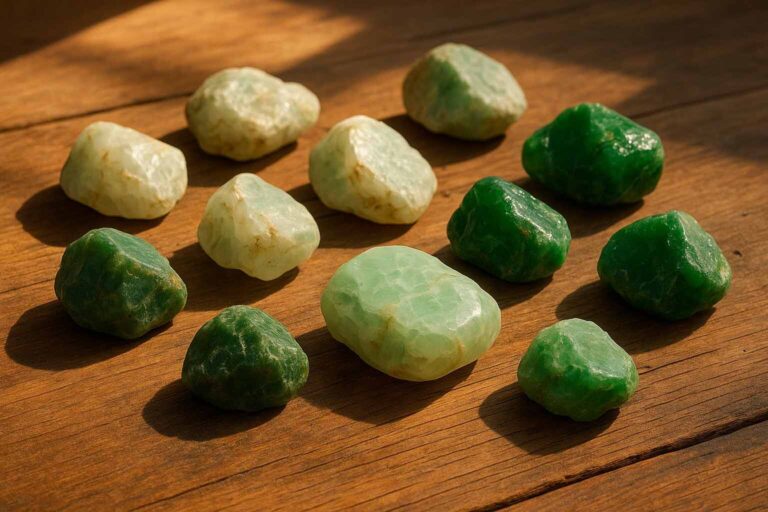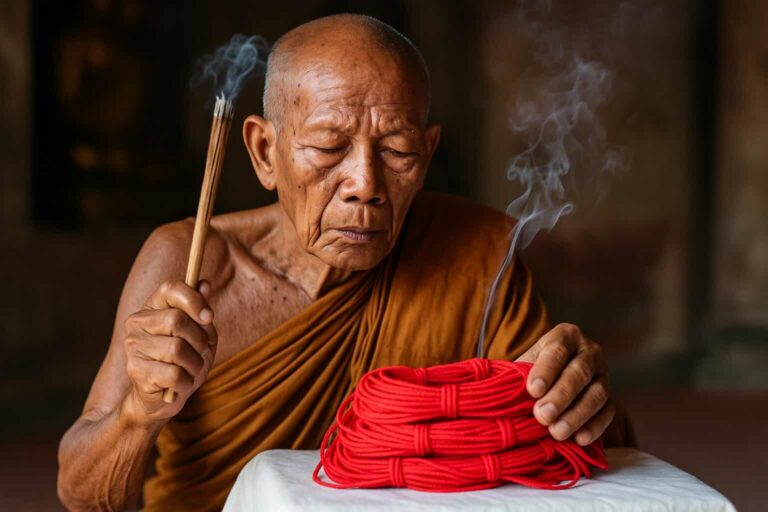Mudra, Bindu, Kundalini, Chakra & Sadhana: A Path to Spiritual Growth
In this article
- 1 Introduction
- 2 1. What is Mudra?
- 3 2. Understanding Bindu: The Point of Creation
- 4 3. Kundalini: The Serpent Power Within
- 5 4. The Chakra System: Energy Centers of the Body
- 6 5. Sadhana: The Spiritual Discipline and Practice
- 7 6. How Mudra, Bindu, Kundalini, Chakra, and Sadhana Work Together
- 8 Conclusion
- 9 FAQs
Introduction
In spiritual practices, concepts such as Mudra, Bindu, Kundalini, Chakra, and Sadhana play crucial roles. These ancient teachings, deeply rooted in yoga and meditation, guide individuals toward achieving balance and spiritual enlightenment.
Each practice offers unique benefits, but when combined, they provide a comprehensive path to self-realization. This article will delve into the essence of each practice and explain how they can work together to catalyze personal transformation.
1. What is Mudra?
Mudras are symbolic hand gestures or body postures that influence the flow of energy throughout the body. These gestures help channel vital energy to promote mental clarity and spiritual harmony.
The spiritual and energetic importance of Mudras:
When practiced consciously, Mudras can activate specific energy pathways (called nadis), enhancing physical, emotional, and spiritual well-being. They are simple yet powerful tools for improving health, focus, and calmness.
Popular Mudras and their uses:
Anjali Mudra: Pressing the palms together in a prayer-like gesture to bring balance and unity.
Dhyana Mudra: Placing hands on the lap in meditation to promote focus and serenity.
Mudras are accessible and effective for anyone looking to deepen their spiritual practice or relieve stress.
2. Understanding Bindu: The Point of Creation
In the yogic tradition, Bindu is seen as the source of all creation—an energy point that symbolizes both the beginning and the essence of life.
Symbolic role of Bindu:
The Bindu is considered to be the point where the physical and spiritual realms meet. Meditating on Bindu allows practitioners to transcend the limitations of the material world and connect with higher consciousness.
In the body, focusing on Bindu aids in spiritual awakening, facilitating deep meditation and heightened awareness.
3. Kundalini: The Serpent Power Within
Kundalini is a dormant spiritual energy coiled at the base of the spine. When awakened, this energy rises through the Chakras, unlocking spiritual potential and leading to higher states of consciousness.
The process of Kundalini awakening:
Through practices such as breathwork, meditation, and energy channeling, one can awaken Kundalini. As it ascends through the energy centers, it cleanses blockages and enhances mental clarity.
Kundalini and Chakras:
The rise of Kundalini through the Chakras is essential for spiritual growth. Each Chakra represents a different aspect of life, and as Kundalini moves through them, it brings balance and enlightenment.
Transformative effects:
Awakening Kundalini can enhance intuition, creativity, and emotional well-being. However, practitioners should approach it with caution, ensuring they have proper guidance.
4. The Chakra System: Energy Centers of the Body
The Chakras are seven energy centers within the body, each associated with specific physical, emotional, and spiritual aspects of life.
Role of each Chakra:
Muladhara (Root Chakra): Stability and grounding.
Svadhisthana (Sacral Chakra): Creativity and emotional health.
Manipura (Solar Plexus Chakra): Self-confidence and personal power.
Anahata (Heart Chakra): Love, compassion, and emotional balance.
Vishuddha (Throat Chakra): Communication and expression.
Ajna (Third Eye Chakra): Intuition and insight.
Sahasrara (Crown Chakra): Spiritual enlightenment and connection to the divine.
Balancing the Chakras with techniques like Mudras, Kundalini awakening, and Sadhana is essential for holistic health and spiritual growth.
5. Sadhana: The Spiritual Discipline and Practice
Sadhana refers to a consistent spiritual practice aimed at personal growth and self-realization. This disciplined approach can include meditation, yoga, and other practices focused on self-awareness and connection with the divine. In addition to practices like Mudra and Kundalini awakening, tools such as Mantras, Yantras, and Tantras can also play a significant role in enhancing one’s spiritual journey.
To dive deeper into these powerful tools for spiritual growth, you can explore how Mantras, Yantras, and Tantras work together to support your Sadhana practice. Learn more here about Mantras, Yantras, and Tantras as tools for spiritual growth.
The importance of consistency:
The key to successful Sadhana lies in consistency. A daily practice of mindfulness and intention strengthens one’s connection to higher consciousness, allowing deep transformation.
6. How Mudra, Bindu, Kundalini, Chakra, and Sadhana Work Together
By combining Mudra, Bindu, Kundalini, Chakra, and Sadhana, individuals can create a holistic spiritual practice. Each element supports and enhances the others, leading to deeper self-awareness, personal healing, and spiritual growth.
Together, these practices offer a powerful path to transformation, helping individuals align their body, mind, and spirit in pursuit of higher consciousness.
Conclusion
Integrating Mudra, Bindu, Kundalini, Chakra, and Sadhana into daily life offers profound benefits for spiritual growth and personal transformation. These practices guide individuals toward a deeper connection with themselves and the universe.
Start your journey today by embracing these transformative techniques. With patience and dedication, you can unlock your true potential and experience lasting peace and enlightenment.
FAQs
1. What are the benefits of practicing Mudras in daily life?
Mudras help focus energy, reduce stress, and promote emotional and physical well-being by directing energy flow through the body.
2. How do I awaken my Kundalini energy safely?
Kundalini awakening should be approached with mindfulness and patience. Practicing breathwork and meditation gradually is a safe method for awakening, ideally under the guidance of an experienced mentor.
3. What is the role of Chakras in holistic healing?
Each Chakra governs a different aspect of physical, emotional, and spiritual health. Balancing the Chakras can lead to improved vitality and well-being.
4. Can Sadhana be practiced without a mentor?
Yes, Sadhana can be practiced independently. However, guidance from an experienced practitioner can deepen your understanding and enhance your practice.
5. How long should I practice Sadhana to see results?
Consistency is key. Results can vary, but practitioners often notice positive changes within a few weeks of consistent practice.







